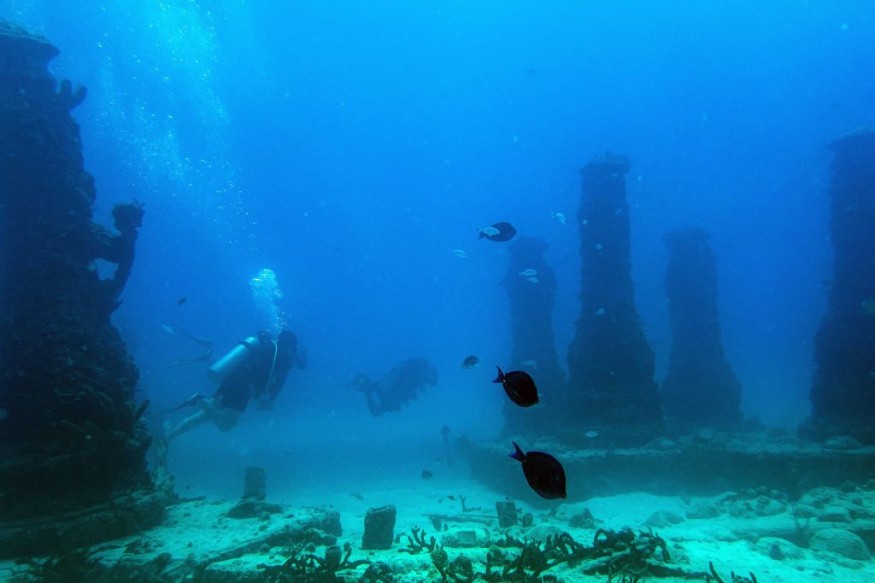The new study found a new virus under the deepest part of the Mariana Trench in the Pacific Ocean. It can help decipher more knowledge about the isolated hadal phage and bacteriophage existence in challenging marine conditions.
Researchers have been exploring the deep sea. The ocean has unknown species that are yet to be discovered. With advancements in science and technology, experts can unravel new species in the deepest ocean.
The discovery is considered the deepest isolated siphovirus or phages found in the ocean.
Virus Unearthed in deepest Mariana Trench

The Mariana Trench is still an unexplored area in the ocean. Reports noted it is challenging to determine how deep the area is. The lack of light can make it more challenging for species to survive.
In addition, the Mariana Trench is home to different unknown species living in extreme conditions and low temperatures. The microorganisms in the deep sea have likely evolved to survive. The hadal trench is also challenging to navigate due to freezing temperatures, darkness and different environments.
According to the research in Microbiology Spectrum, researchers unearthed a new virus in the deep ocean in the Mariana Trench.
The recent findings can better understand the isolated hadal phage strains in the unexplored hadal trench, especially since there is limited information about isolated viruses in hadal areas.
The isolated hadal phage strains can be stored in a laboratory at four degrees celsius. The virus is also considered bacteriophages that infects other bacteria to survive, which is prevalent in the deep sea.
In addition, the virus in the hadal ocean is essential in marine ecosystems and ecology. Researchers noted that it could expand understanding of bacterial infections for humans and animals, providing new insights into phylogenetic diversity, phage evolution and viruses living in the hadal ocean.
Also Read : Unique Strawberry Feather Star: New Aquatic Species Has 20 Arms Discovered in Antarctica
Deep sea studies and species
In a study in Proceedings of the National Academy of Sciences (PNAS), researchers discovered rare fossil rock that can contribute to the knowledge about deep-sea species 130 million years ago.
The fossils show the traces and feeding of the early fish during the Lower Cretaceous period. The fish activity in the deep sea was during when the dinosaurs existed. It can also highlight new insights into deep-sea species habitat transition and evolution. The increasing competition during the Lower Cretaceous period helped them to survive and adapt.
Furthermore, research in Invertebrate Systematics unraveled a weird-looking species in Antarctica's oceans. The study identified the new findings as Promachocrinus fragarius, or the Antarctica strawberry feather stars.
From a distance, the aquatic animal doesn't look like a strawberry. However, a closer view showed a strawberry-like appearance.
The Antarctica strawberry feather stars has unique 20 arms used to move and catch possible prey quickly.
Related Article : Unique Deepwater Corals Reefs, Marine Animals Discovered on Wellington's South, Kapiti Coasts
For more similar stories, don't forget to follow Nature World News
© 2025 NatureWorldNews.com All rights reserved. Do not reproduce without permission.





